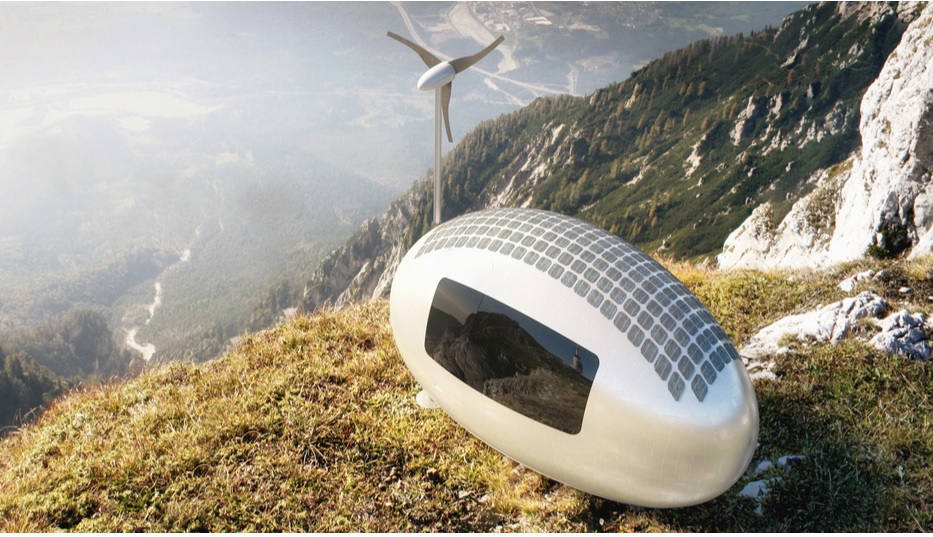
Anthony Malkin, the owner of the most iconic skyscraper Empire State Building told in an interview to Business Green that “subsidies to increase wind or solar energy capacity are not as effective in terms of carbon savings or job creation as incentives that promote the renovation of existing buildings.”
Empire State Building in 2006, he led an overhaul of the skyscraper’s interior that incorporated simple energy efficiency measures such as refurbishing all 6,514 windows and installing insulation between radiators and the exterior wall.
Each heat-reflecting window cost just $750, compared to $3,000 for a new window, Malkin said, adding that the simple improvement could contribute to a 38 per cent reduction in the building’s energy use when the retrofit project is completed in 2013.
The total refit is expected to cost $550m, but only $93m was focused on energy efficiency and just $13m of this was over and above an original plan which contained no energy efficiency measures at all.
“This goes against $4.4m of annual savings,” Malkin said. “It’s a three-year payback. People assume energy efficiency is an expense beyond everything else. What they don’t realize is it’s incorporated with everything else.”
He also said in an interview to the Euro-Mediterranean Energy Efficiency Forum in Monaco these days: “The cost of energy efficiency per watt is a third to a quarter of the cost of alternative energy.”
The different assessment standards applied to energy generation and energy saving were criticized by Malkin, because of that new energy generation is not expected to show returns for 20 years, but investors make “just three- to five-year decisions on energy savings”.
“We have to ask ourselves why we are giving massive subsidies to wind and solar when energy savings are less expensive and when 60 per cent of solar panels and wind turbines are manufactured overseas.”
Shifting the focus from saving carbon to saving energy could make it easier to drive investment in energy efficiency measures. “Pricing carbon is not as effective as a method for decision making. A watt is probably the most traded commodity in the world and has very transparent pricing. It’s tangible and everyone can understand it.”
“You can also immediately translate the cost of a watt of savings and generation. Even if a watt of energy saved is the same cost of energy generated, we have a decision to make.”
The energy efficiency measures were slowed by financing barriers, Malkin argued that the green building and retrofit sector should attempt to overcome these barriers by initially targeting large, cash-rich firms operating sizeable property portfolios. “If you can’t afford to improve your building you can’t do anything. But if you can afford it, you can afford energy efficiency,” he said.
“We should pursue the biggest consumers first. Large office buildings use the most energy and offer the shortest-term payback.” Malkin gave his example that after taking ownership of the 102-storey
The green improvements give him significant commercial benefits as he said: “When I took over the building our rent was around $26 per square foot,” he said. “Now it’s mid-$40s to $60 and we have the highest qualifying credit tenants. We did not see these tenants before.”



